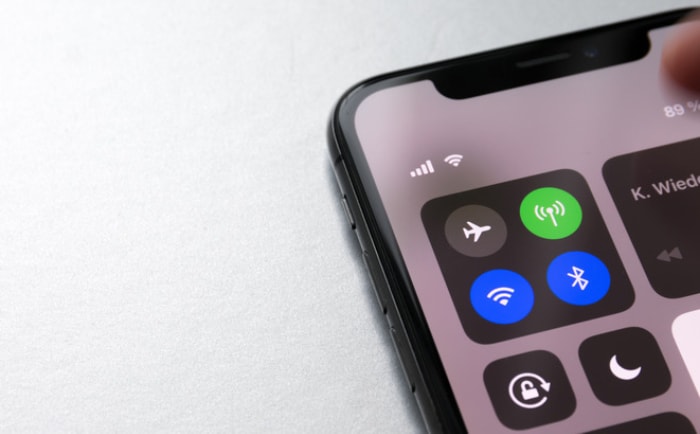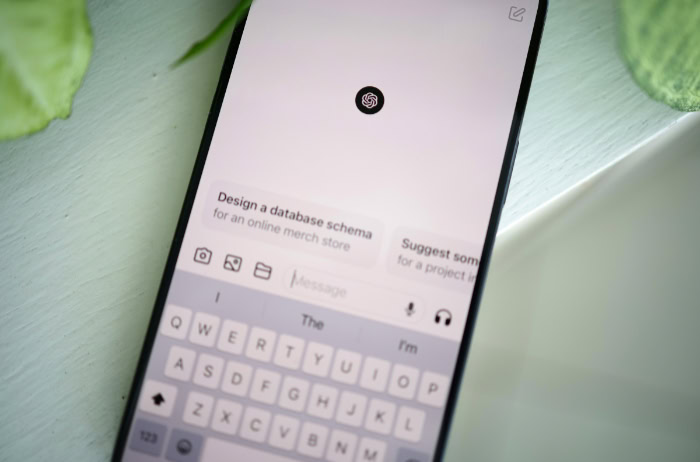How To Spot A Credit Card Skimmer: Before You Swipe or Dip
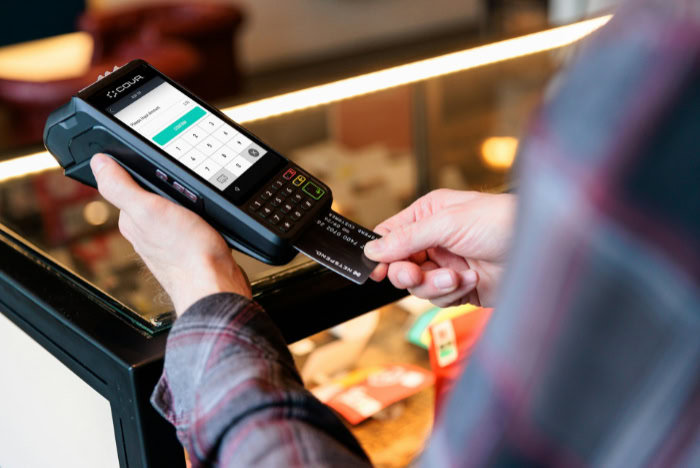
That quick stop for gas or cash could cost you far more than you think. Criminals attach sophisticated skimming devices to everyday payment terminals, like ATMs and fuel pumps, to steal your credit card information.
These gadgets, often disguised as legitimate parts of the machine, capture your card’s data with a single swipe, while tiny cameras may record your PIN. The threat is real, but protecting your money does not require technical expertise.
By learning to perform quick visual and physical inspections, opting for more secure payment methods like chip or tap-to-pay, and recognizing high-risk locations, you can significantly lower your chances of becoming a victim. A few seconds of caution can save you from weeks of financial headache.
How Skimming Works
Criminals employ several distinct methods to steal card data, ranging from bulky attachments to nearly invisible internal components. Some devices are designed to be placed over existing hardware, while others are inserted directly into the card reader or installed deep within a machine.
The technology can be simple or sophisticated, but the goal is always to capture your card information without your knowledge.
External Overlays
The most common skimmers are external overlays. These are custom-made devices, such as fake card reader bezels or phony keypads, that snap directly on top of the legitimate terminal components.
They are built to blend in with the machine’s appearance but can sometimes look slightly out of place. Many of these overlays also incorporate tiny pinhole cameras positioned to record you entering your PIN, allowing thieves to capture all the information needed to clone your card and access your account.
Internal Devices
More sophisticated attacks use internal devices that are completely hidden from view. Deep-insert skimmers are thin gadgets slid far into the card reader slot, where they sit unseen while capturing data from the magnetic stripe.
A newer variation, known as a shimmer, specifically targets EMV chip cards. Shimmers are paper-thin and flexible, wedged into the chip reader to intercept the communication between the card and the terminal.
This allows criminals to capture card data even during what appears to be a secure chip transaction.
Wireless Add-Ons
Some of the most difficult skimmers to detect are those equipped with wireless technology. Criminals install Bluetooth-enabled modules inside payment terminals, particularly at gas pumps where they can gain internal access more easily.
These modules collect card data and then transmit it wirelessly to a nearby thief. This method is especially dangerous because the criminal never has to return to the compromised machine to physically retrieve the device and the stolen information, reducing their risk of getting caught.
Quick Inspection Checklist
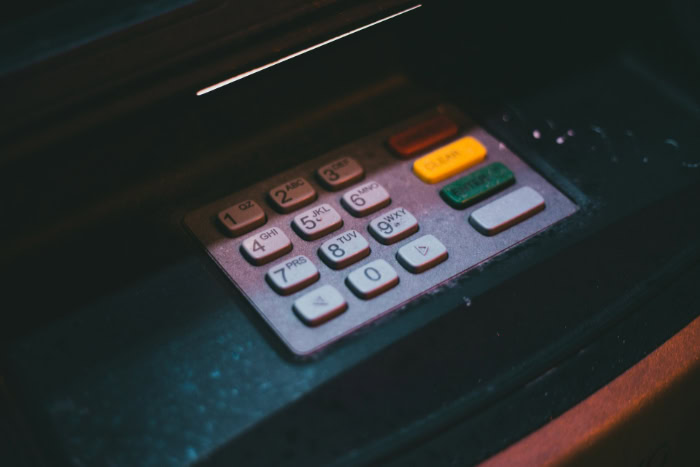
Before inserting your card, take a few seconds to inspect the payment terminal. A brief examination of the machine’s appearance and physical components can often reveal tampering.
These simple checks are your first line of defense against hidden skimming devices.
Check for Visual Signs
Look closely at the terminal for any parts that seem out of place. Signs of tampering frequently include mismatched colors or materials on the card reader slot or keypad.
A bezel that appears unusually bulky, crooked, or misaligned with the rest of the machine is a major warning. At gas pumps, check the security tape on the panel; if it is broken, torn, or displays the word “VOID,” the pump may have been compromised.
Also, pay attention to the card slot itself. If it is normally illuminated but is currently dark, it could indicate a deep-insert skimmer is blocking the light.
Perform Tactile Checks
Physically interacting with the terminal can reveal a fraudulent device. Gently tug or wiggle the card reader bezel and the keypad. Legitimate parts are built to be durable and should feel solid and firmly attached.
If any component feels loose, shifts under light pressure, or seems like it could peel away, you have likely found a fraudulent overlay. A skimming device is not permanently installed, so it will often have some give that a real machine part will not.
Compare with Nearby Terminals
When possible, compare the terminal you are about to use with adjacent ones. If you are at a location with multiple ATMs or a gas station with several pumps, scan the other machines to see if they all look the same.
Pay attention to details like the depth of the card slot, the spacing between components, and the overall layout. If one machine has a feature that the others lack or looks different in any way, it is a significant red flag. Criminals usually only tamper with one terminal at a time, so an outlier is highly suspicious.
Safer Ways to Pay
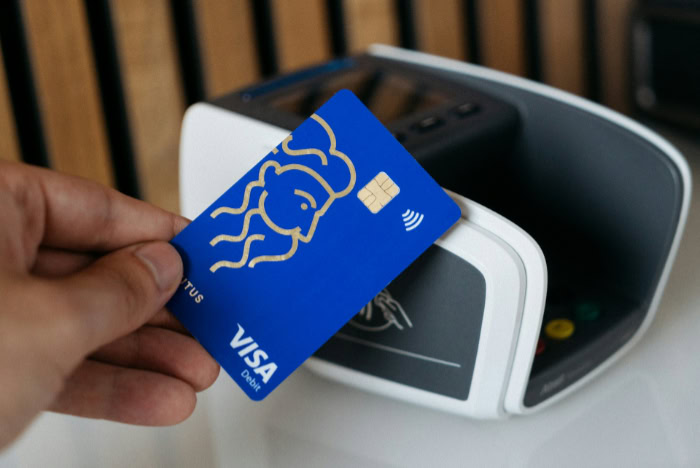
Beyond inspecting the terminal, the payment method you choose and the location where you use it can drastically reduce your risk. Some payment technologies offer superior security, while certain environments are inherently less vulnerable to tampering.
Use Secure Payment Technology
Your best options for secure payments are using your card’s EMV chip or a contactless method like tap-to-pay or a digital wallet. Skimming devices are primarily designed to steal the static data stored on a card’s magnetic stripe.
In contrast, chip and contactless transactions create a unique, one-time code for each purchase, making any captured information useless to criminals. Always opt for inserting your chip or tapping your card or phone when the terminal supports it.
Avoid Magnetic Stripe Swipes
Try to avoid swiping your card’s magnetic stripe whenever an alternative exists. Magstripe technology is decades old and lacks modern security features, making it an easy target for theft.
The risk is particularly high at unattended terminals, such as outdoor ATMs or gas pumps after hours, where a criminal can install a skimmer without being seen. If a chip reader is broken and forces you to swipe, it is safer to cancel the transaction and find another terminal or pay with cash.
Choose Safer Locations
Location also matters. Prioritize using terminals that are indoors, located in well-lit areas, and monitored by staff.
Criminals are far less likely to tamper with a machine that is in a high-visibility location where they could be easily noticed or recorded on security cameras. Paying inside a gas station, for instance, is much safer than using the pump outside.
Choosing terminals with more oversight makes it harder for thieves to install and maintain their skimming equipment.
Higher-Risk Setups and Situations
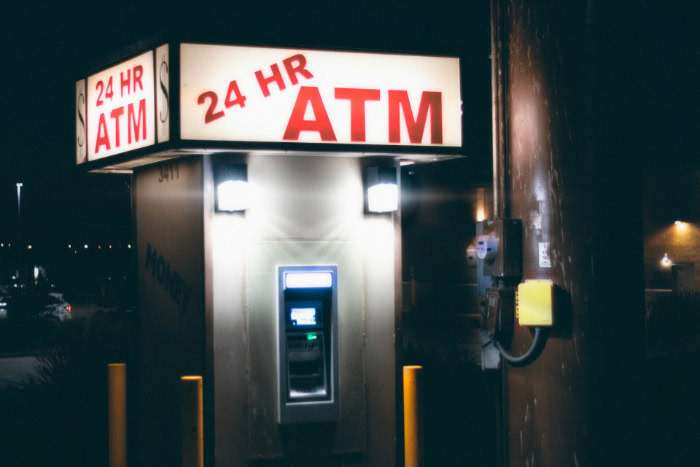
Certain payment environments present a greater threat because they offer criminals easy opportunities for tampering with minimal risk of being caught. Recognizing these high-risk scenarios can help you decide when to be extra vigilant or to use an alternative payment method altogether.
Fuel Pumps and Outdoor ATMs
Freestanding terminals like gas pumps and outdoor ATMs are the most frequent targets for skimming attacks. Their exposed nature allows criminals to work unobserved, often under the cover of darkness.
Moreover, thieves may place skimming devices internally within these machines, making external signs of tampering very subtle or even nonexistent. A quick visual check might not be enough to spot a deeply embedded skimmer or a wireless transmitter hidden inside the pump’s housing.
Unattended Kiosks and Off-Hours Usage
Any payment terminal that is left unattended for long periods poses an elevated risk. This includes not only ATMs and gas pumps but also parking meters, public transit ticket machines, and other self-service kiosks.
The danger increases significantly during off-hours when there is little to no foot traffic or staff supervision. The lack of bystanders gives criminals the time and privacy they need to carefully install, test, and later retrieve their illegal hardware without interruption.
Broken or Mismatched Tamper Seals
Many fuel pumps are equipped with security seals, which are special stickers placed over the edges of the access panel. If the panel is opened, the tape will tear or display a warning message like “VOID.”
Always check these seals before using a pump. If a seal is broken, appears to be mismatched, or has been covered by a different sticker, it is a clear warning that the machine’s internal components may have been compromised.
In this case, you should move to a different pump or go inside to pay.
Conclusion
Protecting your financial information from skimmers comes down to a consistent set of simple, proactive habits. A combination of fast visual and tactile checks before you pay can expose the most common types of fraudulent devices.
Making a conscious choice to use more secure payment methods, such as EMV chip or contactless tap, dramatically cuts your risk at potentially compromised terminals. This defense is strengthened by avoiding notoriously high-risk setups like isolated ATMs and gas pumps.
By adopting these habits and pairing them with smart monitoring tools like transaction alerts from your bank, you create a robust, layered defense that offers strong, everyday protection against card fraud.

